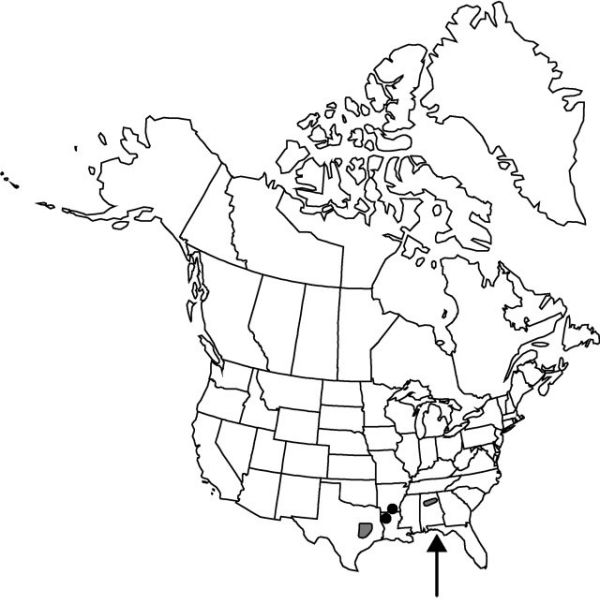Difference between revisions of "Schoenolirion wrightii"
SouthW. Naturalist 24: 125. 1979.
FNA>Volume Importer |
imported>Volume Importer |
||
| Line 6: | Line 6: | ||
|place=24: 125. 1979 | |place=24: 125. 1979 | ||
|year=1979 | |year=1979 | ||
| + | }} | ||
| + | |special_status={{Treatment/ID/Special_status | ||
| + | |code=E | ||
| + | |label=Endemic | ||
}} | }} | ||
|basionyms= | |basionyms= | ||
| Line 46: | Line 50: | ||
|publication title=SouthW. Naturalist | |publication title=SouthW. Naturalist | ||
|publication year=1979 | |publication year=1979 | ||
| − | |special status= | + | |special status=Endemic |
| − | |source xml=https:// | + | |source xml=https://bibilujan@bitbucket.org/aafc-mbb/fna-data-curation.git/src/bb6b7e3a7de7d3b7888a1ad48c7fd8f5c722d8d6/coarse_grained_fna_xml/V26/V26_624.xml |
|genus=Schoenolirion | |genus=Schoenolirion | ||
|species=Schoenolirion wrightii | |species=Schoenolirion wrightii | ||
Revision as of 22:19, 27 May 2020
Plants with prominent bulbs at tops of vertical rootstocks; bulbs ovoid to elongate, to 17 mm diam. Leaves 2–7, 14–34 cm × 2–6 mm, not withering to persistent fibers; blade flattened or somewhat keeled, usually shorter than scape and inflorescence, base fleshy. Inflorescences seldom branched; bracts mostly lanceolate-acuminate, sometimes ovate-obtuse. Flowers: tepals seldom strongly recurved, white, each with green abaxial stripe, mostly 3(–5)-veined, ovate to ovate-lanceolate, 4.4–6.5 mm, apex obtuse; ovary and style green. 2n = 24.
Phenology: Flowering late Mar–mid Apr in Texas, Arkansas; mid Apr–early May in Alabama; dormant by mid Jun.
Habitat: Sandstone outcrops, moist pinelands, or boggy areas
Elevation: 0–400 m
Distribution

Ala., Ark., La., Tex.
Discussion
Schoenolirion wrightii occurs in habitats similar to those of S. croceum in the Alabama plateau region and in the western part of its range.
Treatment of these white-flowered plants as a species distinct from Schoenolirion croceum is very tenuous; tepal color seems to be the only consistent difference between the two. At the time of the last systematic study of the genus (H. L. Sherman 1969), there seemed to be a significant difference in chromosome number between the two “color forms” (2n = 24 for S. wrightii and 2n = 30 or 32 for S. croceum). Since that time, one population of S. croceum with 2n = 24 has been found. In future treatments of the genus, S. wrightii may be considered to be a color form or variety of S. croceum.
Selected References
None.